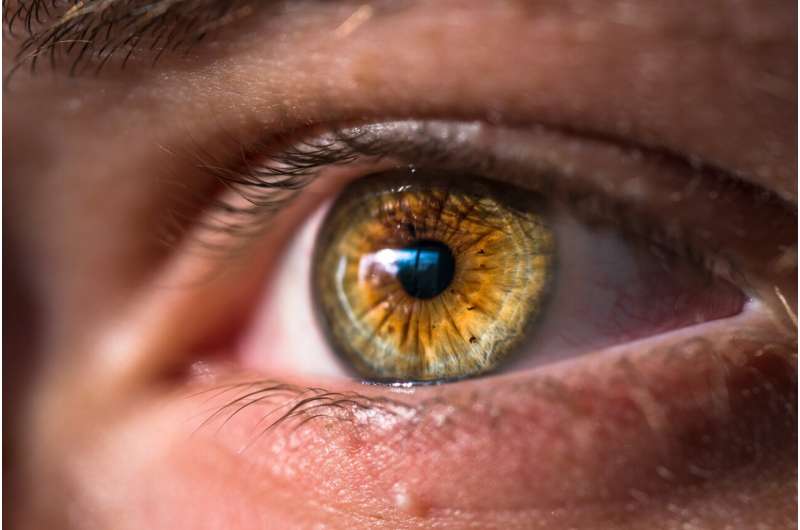Neural Bases of Sleep Disturbances Uncovered

New research uncovers the neural circuits responsible for sleep disturbances in neuropsychiatric disorders, highlighting potential pathways for targeted treatments.
Recent research has identified key neural mechanisms underlying sleep disturbances, particularly in individuals with obsessive-compulsive spectrum disorders (OCSDs), chronic tic disorders (CTDs), and attention-deficit/hyperactivity disorder (ADHD). A comprehensive review published in the Harvard Review of Psychiatry highlights that disruptions in the cortico-striatal-thalamo-cortical (CSTC) pathway play a significant role in the increased sleep difficulties observed in these populations.
Experts from Wolters Kluwer Health, including Margaret D. Hall at Miami University and clinicians Erica Greenberg, MD, and Kevin Gipson, MD, MS, at Massachusetts General Hospital, examined numerous scientific studies to understand how neurotransmitter dysregulation within CSTC circuitry contributes to sleep problems. Key neurotransmitters like dopamine and GABA, which are crucial for CSTC function, are often imbalanced in affected individuals, further complicating sleep regulation.
The review analyzed 42 publications involving OCSDs—including OCD, body dysmorphic disorder, and body-focused repetitive behaviors—and CTDs such as Tourette syndrome, with some overlap with ADHD studies. Findings consistently indicated that objective sleep issues, such as reduced sleep spindle activity and longer sleep latency, are common among adults and children with these conditions. Subjective complaints, like difficulty falling asleep, were also prevalent.
A bidirectional relationship exists where sleep disturbances can exacerbate CSTC-condition symptoms, and these conditions themselves can interfere with normal sleep architecture. This cycle potentially leads to structural and functional changes within fronto-striatal networks, worsening both sleep and psychiatric symptoms.
Therapeutic approaches to address sleep problems in these populations include treating the underlying disorder, directly targeting sleep issues, or combining both strategies. Careful medication selection is vital, especially in children, to avoid worsening sleep architecture while controlling core symptoms. For example, selective serotonin reuptake inhibitors (SSRIs)—commonly prescribed for OCD and BDD—can delay REM sleep and alter sleep patterns, which may impact treatment outcomes.
Understanding how medications influence sleep and CSTC circuitry is essential for developing more effective interventions. Future research aims to identify treatments that alleviate core symptoms without disrupting sleep, ultimately improving quality of life for individuals with CSTC-related disorders.
This evolving knowledge emphasizes the importance of integrated treatment plans that consider both neural mechanisms and sleep health in managing these complex neuropsychiatric conditions.
Stay Updated with Mia's Feed
Get the latest health & wellness insights delivered straight to your inbox.
Related Articles
MRI Detection of Brain Iron Levels as a Predictor of Cognitive Decline
Innovative MRI techniques measuring brain iron levels may predict early cognitive decline, offering a promising tool for early intervention in neurodegenerative diseases like Alzheimer's.
Innovative Eye Surgery Enhances Survival Rates in Patients with Rare Uveal Melanoma
A novel surgical technique combining vision preservation with targeted radiation therapy may significantly reduce metastasis and improve survival in patients with uveal melanoma, offering new hope for this rare eye cancer.
Innovative Implantable System Regulates Blood Pressure Post-Spinal Cord Injury
A novel implantable neurostimulation device has shown promise in regulating blood pressure for individuals with spinal cord injuries, reducing risks associated with autonomic dysreflexia and improving quality of life.
Enhancing Parasite Detection with AI-Powered Digital Microscopy
A new study demonstrates how AI-powered portable microscopy significantly enhances the detection of soil-transmitted helminths, aiding global health efforts in resource-limited settings.



